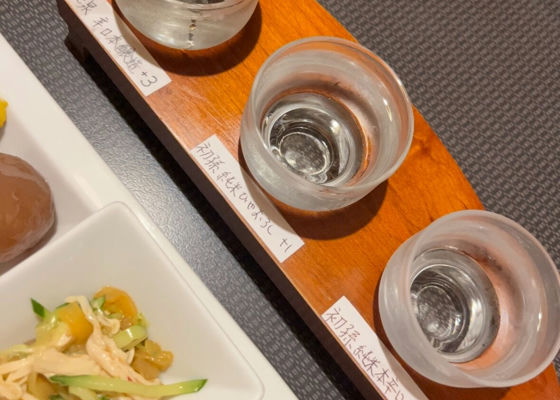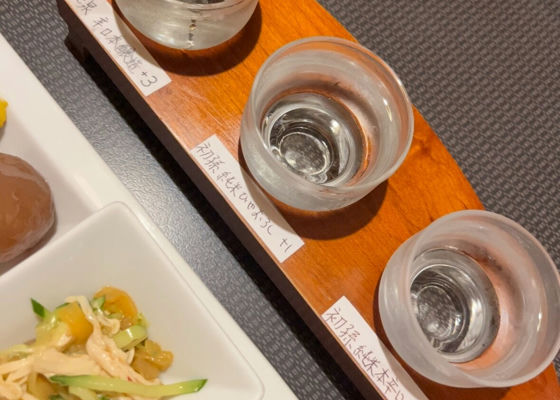SakenowaRecord your sake experiences and discover your favorites
初孫Hatsumago
Flavor Chart®
A chart created from flavor analysis of user comments.

Flavor Tags ®
Tags generated from flavor analysis of user comments.
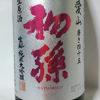
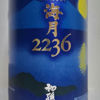
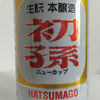
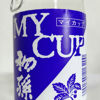
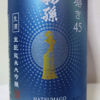
Popular Comments
Ψ ̄∇ ̄ ̄🍶🍶🍶🍶
Today we had our first grandchild, Aizan 😀.
It is the first grandchild since Mazan😄The aroma is definitely sweet and tasty😍When you drink it, it is sweet and tasty but not clingy and has a nice sharpness🤔This is a delicious sake that you can keep drinking. It's just the way I like it 😙.
Japanese>English
(˶◜˶◝˶)🍶🍶🍶🍶
We opened our first bottle of Sun today 😋.
The aroma is gorgeous 😊.
The taste is slightly dry with a gentle umami and sweetness that is balanced just right 🤔The crisp mouthfeel makes me want to drink it over and over again 🥰.
It is a delicious sake that can be enjoyed with something to eat or on its own 🥳.
Japanese>English
(沒沒沒) ❣🍶🍶🍶🍶
Purchases from my trip to Tohoku 😀
I found a cup at Maxvalue in Yamagata prefecture that looks exactly like Kikuyu's 👀🤣I wanted a limited edition Daiginjo, but I got this one 😁It's a Hatsusun Honjozo 😇.
The alcohol content is 16 degrees, so it's more gentle than the original 😊Alcoholic aroma, sourness and umami 😚After the rich umami and a hint of sweetness, it has a clean aftertaste from the aluzoe 😇This is a delicious sake 🥳.
Japanese>English
Brands from Tohoku Meijo
InahoHatsumago
Similar Brands
We analyze the flavors based on everyone's comments and select similar brands.
KarihoSimilar Characteristics
MeikyoshisuiSimilar Characteristics
Location
Murahigashiyama-125-3 Jūrizuka, Sakata, YamagataOpen in Google Maps
Timeline
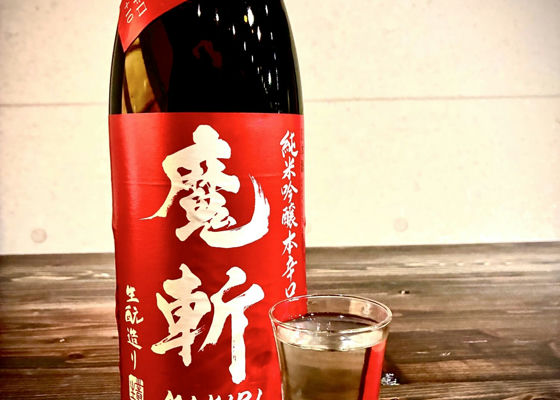
MXGUNDAM
Crisp and tasty!
Japanese>English

Eugene
It is dry, but has a mellow, yogurt-like flavor that is typical of sake brewing. It is refreshing when it goes down to the belly. There is no sticky heaviness of old sake!
Japanese>English
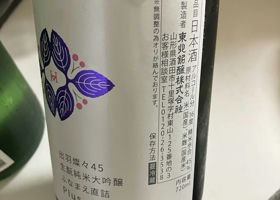
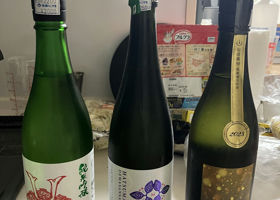
しんちゃん
Delicious.
3rd bottle!
Japanese>English

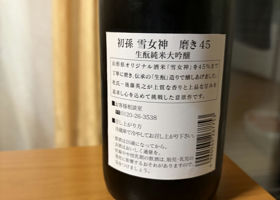
Hatsumago出羽燦々ふなまえ直詰Plus
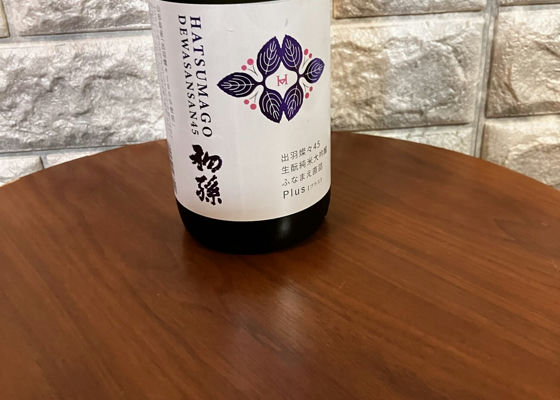
ハニワーン
It's not the best time of year, but good food is good food
Japanese>English
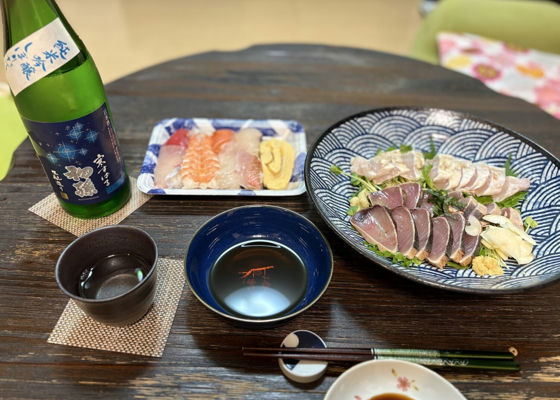
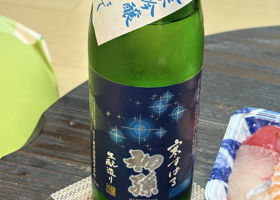
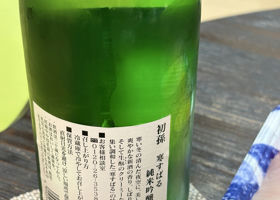
ぐっさんまん
Sake from Sakata, a town I have loved since I traveled there a long time ago. Hatsuson's "Kansubaru🍶." As the name suggests, it is a clear sake like the night sky in winter. Both the aroma and flavor are clear, and the umami and acidity are very well balanced. I paired it with mackerel puffer fish and yokowa fish tataki. The best marriage 😋‼︎
Japanese>English
HatsumagoJunmai Daiginjo




Philip
Tasting notes of pineapple and vanilla.
RPR: 50%
SMV: 4
Acidity: 1
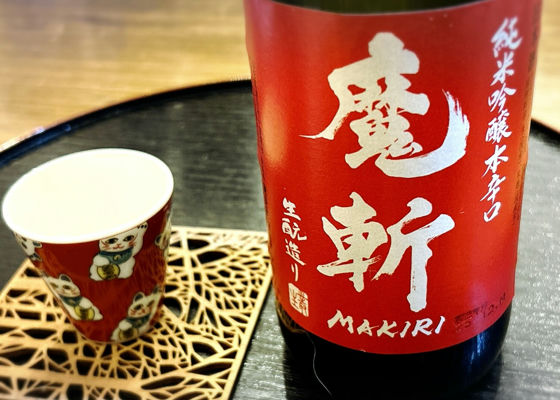

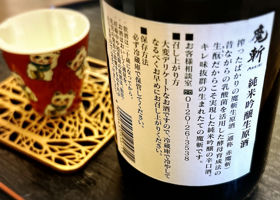
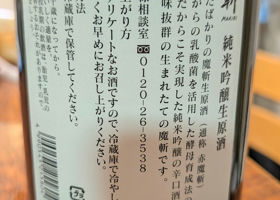

camelfilter1913
Home drinking starts with sake.
Japanese>English
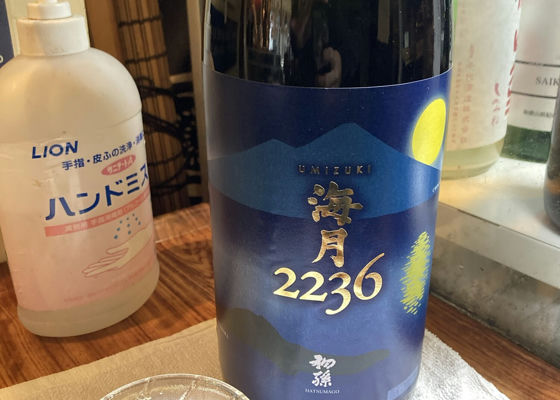
しんきょ
うーん
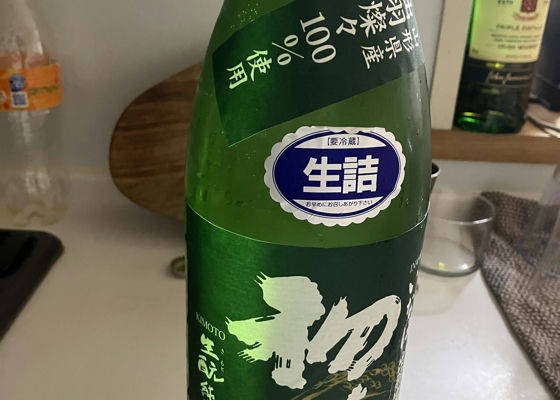
しんちゃん
出羽燦々

しんちゃん
A bottle that opened the door to Japanese sake.
Schwarz, sweet, delicious.
Japanese>English

310
Dry, spicy and delicious
Aroma of rice
Dry and easy to drink
Japanese>English
Hatsumago生酛純米吟醸 シルキースノータイム
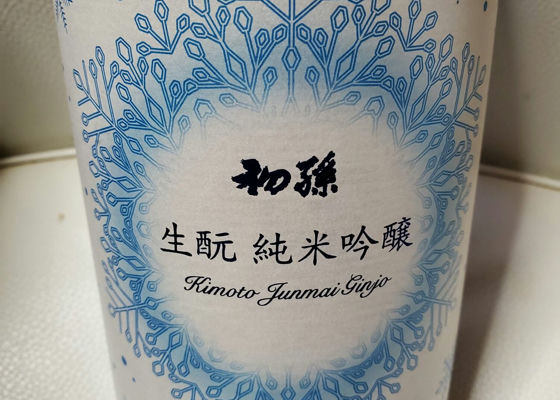
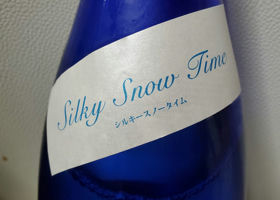
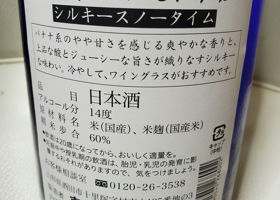
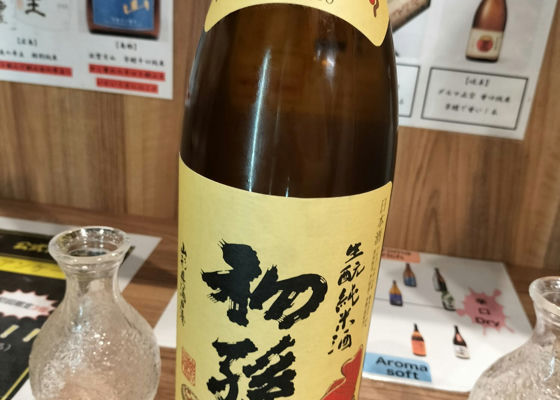
HatsumagoSilky snow time
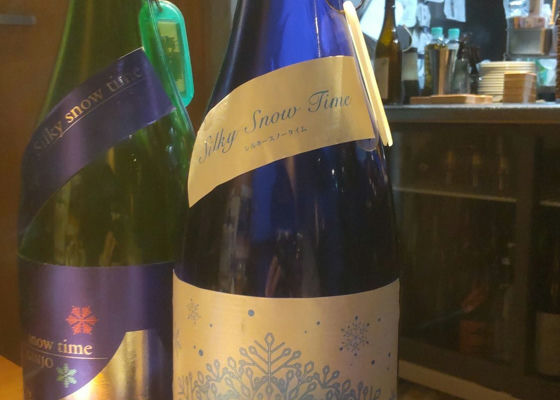
ゆかきち
Habitually like water, but round! Mellow!
Japanese>English
